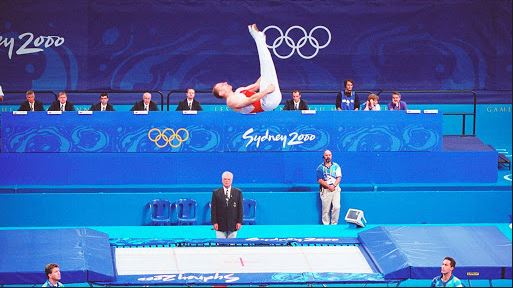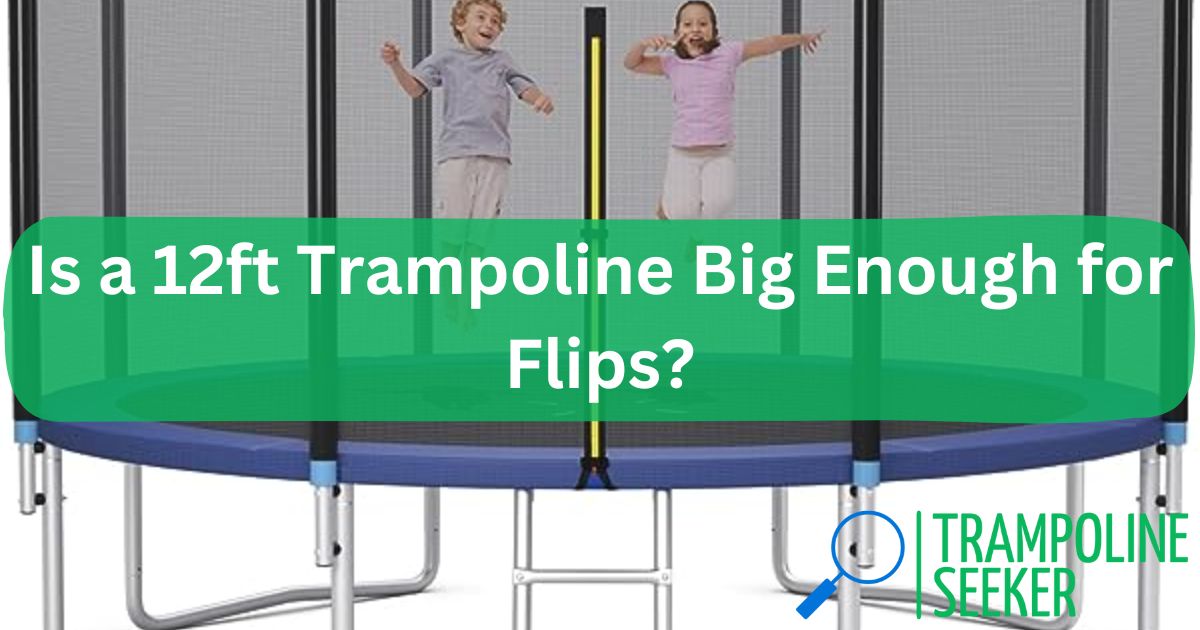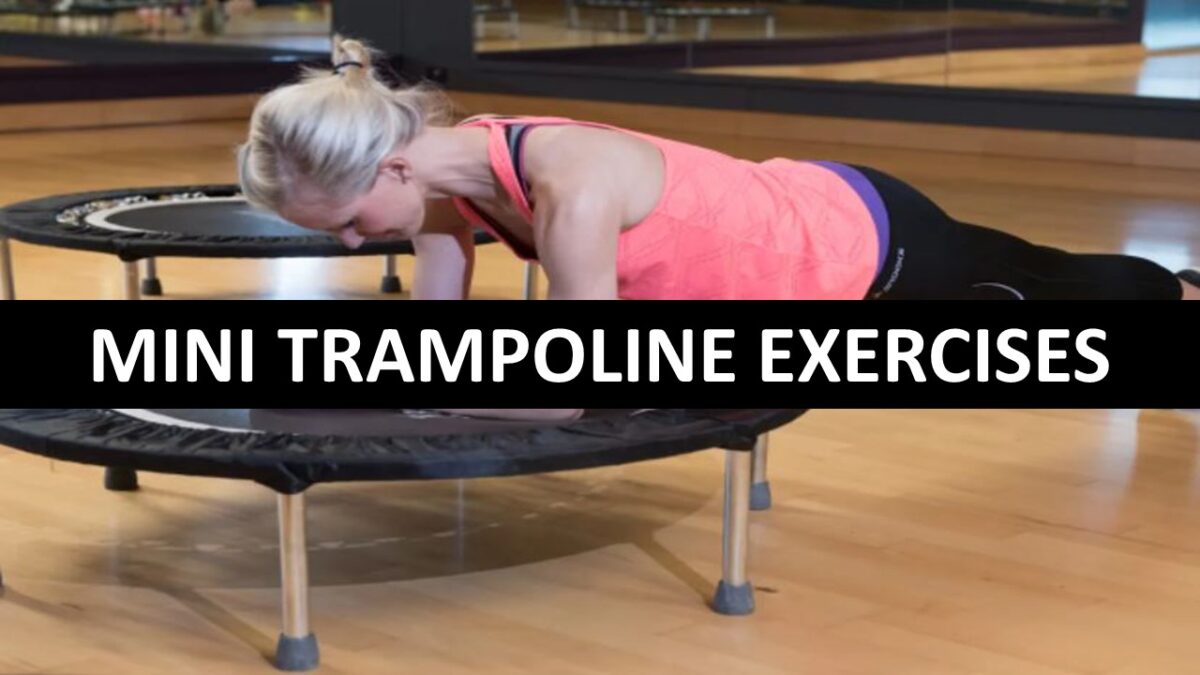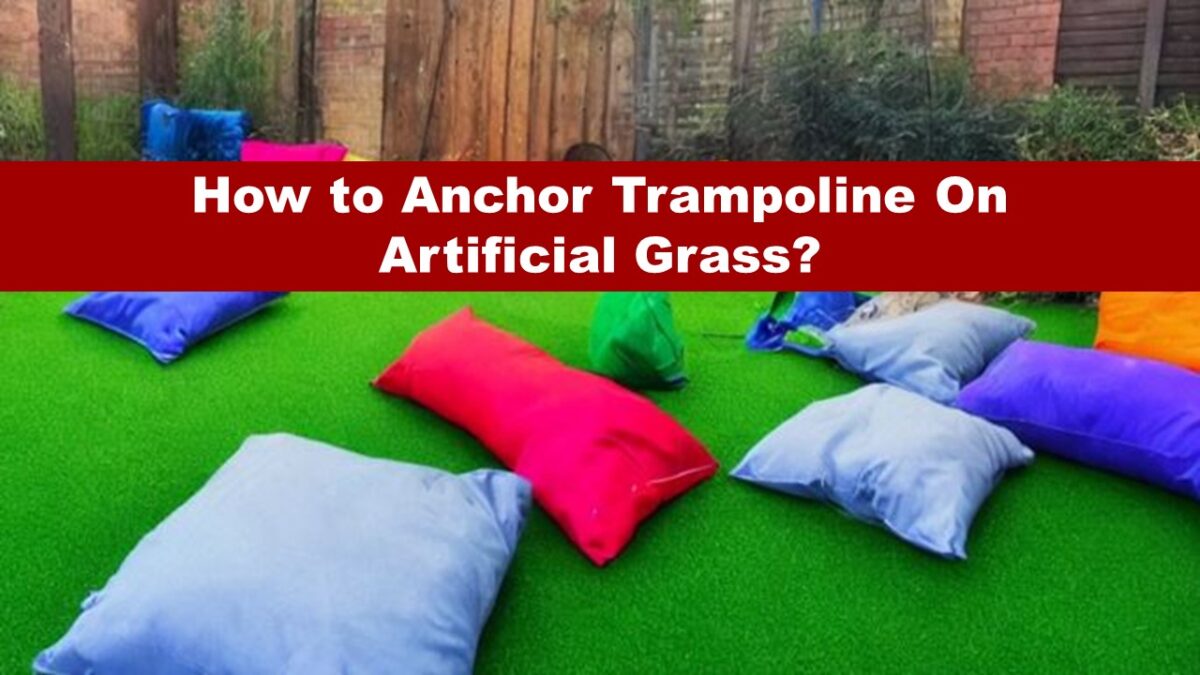Dare to take a leap of faith into the captivating world of trampolines? Hidden beneath its modern guise as an exhilarating source of fun, fitness, and competitive sport, the trampoline conceals a past that is bound to spring you into surprise.
Its origins are far from what we’ve come to know and love. Intrigued? As we bounce back in time and flip the script, we invite you to join us on this uncharted journey to unravel the true original purpose of the trampoline.
Fasten your seatbelts and prepare for some spine-tingling revelations in the quest for the ‘Trampoline Original Purpose.’
The Invention of the Trampoline – Trampoline Original Purpose

Step back in time to the bustling era of the 1930s. It was then that a young gymnast, George Nissen, observed trapeze artists using a safety net during their acts. Fascinated by the concept, Nissen was struck with a revolutionary idea, one that would soon become an integral part of gymnastics and athletic training.
Nissen’s acrobatic prowess fueled his desire for an apparatus that would amplify athletic skill enhancement. Together with Larry Griswold, he set about crafting a design that borrowed inspiration from the trapeze safety nets but was tailored to the specific needs of gymnasts.
Their initial prototype was a simple concoction, a canvas sheet meticulously stretched over a sturdy metal frame. However, this rudimentary trampoline faced challenges, as it was not built to withstand persistent jumping. The canvas, although durable, was not flexible enough to provide the desired bounce and rebound essential for acrobatic maneuvers.
Not deterred by these initial setbacks, the dynamic duo embarked on a mission to identify a material that would provide the necessary resilience. Nylon webbing soon emerged as a suitable candidate due to its superior strength and durability. Armed with the upgraded trampoline, Griswold sealed the legacy of their creation by introducing a unique term for it – the “trampoline,” a fusion of the Spanish word for diving board with the English terminology.
Early Uses of the Trampoline
While today we see trampolines as a backyard entertainment staple, the original purpose of the trampoline was for athletic training. By 1940, Nissen and Griswold had started marketing their trampolines to schools and gymnastic clubs, banking on their potential as comprehensive training devices for athletes.
Trampolines quickly became indispensable tools for improving balance, coordination, and body control, key components in the arsenal of any skilled gymnast. The spring-loaded rebound of the trampoline provided gymnasts with the opportunity to enhance their spatial awareness and fine-tune their acrobatic abilities, paving the way for more intricate routines.
Not confined to the world of gymnastics, trampolines found utility in military training too. Aspiring pilots and navigators discovered that trampolining helped them better comprehend spatial dynamics, an essential aspect of maneuvering aircraft in three-dimensional space.
The Original Function of Trampoline
While today we see trampolines as a backyard entertainment staple, the original purpose of the trampoline was for athletic training. By 1940, Nissen and Griswold had started marketing their trampolines to schools and gymnastic clubs, banking on their potential as comprehensive training devices for athletes.
Trampolines quickly became indispensable tools for improving balance, coordination, and body control, key components in the arsenal of any skilled gymnast. The spring-loaded rebound of the trampoline provided gymnasts with the opportunity to enhance their spatial awareness and fine-tune their acrobatic abilities, paving the way for more intricate routines.
Not confined to the world of gymnastics, trampolines found utility in military training too. Aspiring pilots and navigators discovered that trampolining helped them better comprehend spatial dynamics, an essential aspect of maneuvering aircraft in three-dimensional space.
The Evolution of the Trampoline
As the decades passed, trampolines began to evolve from strictly athletic equipment to recreational devices, making their way into the heart of home-based leisure activities. As they became more affordable, trampolines found a place in backyards and public parks, offering a unique blend of exercise and fun for the whole family.
No longer exclusively the domain of athletes, trampolines transformed into an engaging way for people of all ages to enjoy physical activity, offering the benefits of cardiovascular exercise along with the thrill of defying gravity, even if only for a few moments.
Trampolining as a Competitive Sport
As the decades passed, trampolines began to evolve from strictly athletic equipment to recreational devices, making their way into the heart of home-based leisure activities. As they became more affordable, trampolines found a place in backyards and public parks, offering a unique blend of exercise and fun for the whole family.

No longer exclusively the domain of athletes, trampolines transformed into an engaging way for people of all ages to enjoy physical activity, offering the benefits of cardiovascular exercise along with the thrill of defying gravity, even if only for a few moments.
Reaching New Heights – Trampolining as a Competitive Sport
In a testament to its popularity and versatility, trampolining evolved into a full-fledged competitive sport. Just eight years after its commercial release, the first World Championships in trampolining took place in London in 1948.
More than half a century later, trampolining was officially recognized as an Olympic sport, making its debut in the Sydney games in 2000.
Trampolining has evolved significantly since its inception in the 1930s. It has branched out from its original purpose as a training device for gymnasts and pilots to become a competitive sport, a fun recreational activity, and even a popular form of exercise.
Despite these various evolutions, the trampoline’s original purpose continues to live on, reinforcing the importance of balance, coordination, body control, and spatial awareness in athletes and enthusiasts alike.
Must Read:
Conclusion
While the trampoline has jumped leaps and bounds from its initial design and original purpose, it remains a timeless symbol of athletic ingenuity and a testament to the joy of movement. Its history serves as a reminder that even the simplest of inventions can have far-reaching impacts, influencing not just the world of sports, but also our everyday lives.













